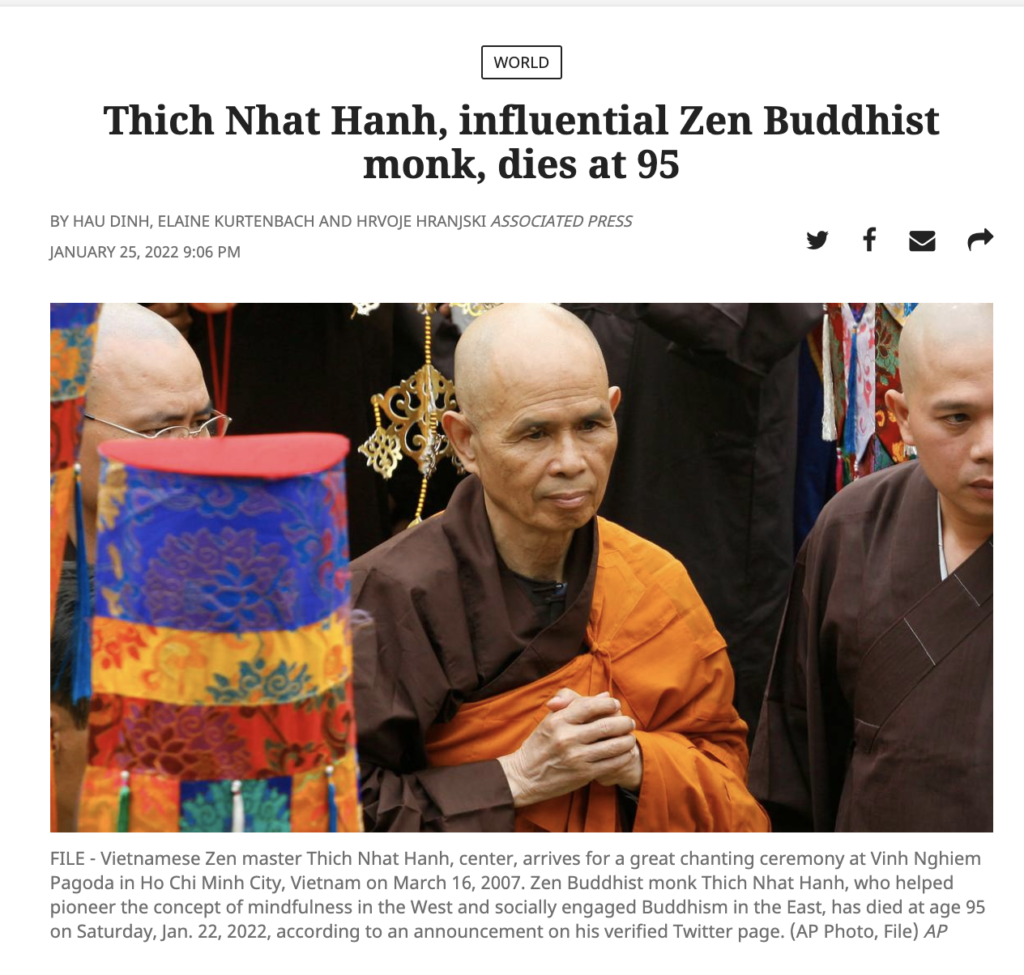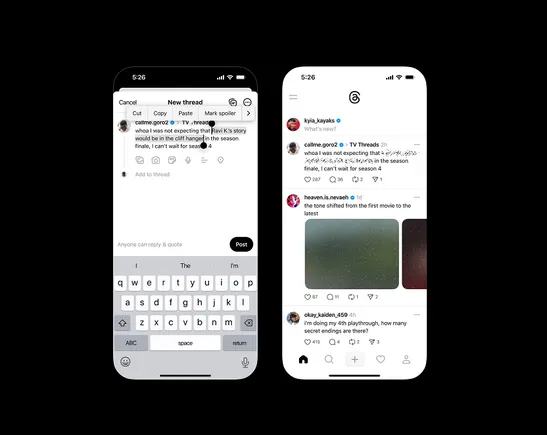Video: Supplicating Activity Mantras and 21 Taras Mantras: as Taught by Longchenpa and Padmasambhava
Why are supplication mantras, such as the activity mantras of the 21 Taras more effective for problems than general praise mantras? How do we actually make a specific supplication to a Buddha or our Yidam or Guru? We’ll explain...

Why are supplication mantras, such as the activity mantras of the 21 Taras more effective for problems than general praise mantras? How do we actually make a specific supplication to a Buddha or our Yidam or Guru? We’ll explain how supplication mantras work, and why. We’ll demonstrate with teachings from the great Longchenpa and Guru Rinpoche, and using the example of the 21 activity mantras of the 21 Taras.
Video:
CONTENTS
00:00 Longchenpa’s Instructions on Supplication Mantras
07:10 The 21 Tara Activity Mantras plus Green Tara
07:39 Om Tare Tuttare Ture Svaha — what it means
08:48 Tara 1 – Red Tara Swift Lady of Glory Magnetizing Mantra
10:05 Tara 2 – White Tara of Supreme Peace (Sarasvati) Pacifying Mantra
11:16 Tara 3 – Golden Yellow Tara Enriching Mantra
12:07 Tara 4 – Yellow Tara of Complete Victory (Ushnisha Vijaya) Enriching Mantra
13:01 Tara 5 – Red Tara Who Proclaims the Sound of Hum (Kurukulla) Magnetizing Mantra
14:06 Tara 6 – Dark Red Tara Completely Victorious Over the Three Worlds Magnetizing Mantra
15:18 Tara 7 – Black Tara Conquers Enemies (Main Black Tara Who Destroys Evil and Curses) Wrathful Mantra
16:37 Tara 8 – Dark Red Tara Who Conquers Maras and Enemies Magnetizing Mantra
17:56 Tara 9 – White Tara Who Protects From All Fears (NOTE: In Nyingma and Surya Gupta lineages this is Green Tara. In Atisha’s Lineage Guru is separate) Pacifying Mantra
19:13 Tara 10 – Dark Red Tara Who Brings Maras and the World Under Her Power Magnetizing Mantra
19:52 Tara 11 – Gold Tara Tara Who Brings Prosperity and Alleviates Poverty (Vasudhara) Enriching Mantra
20:34 Tara 12 – Golden Tara Who Grants All That is Auspicious Magnetizing Mantra
21:05 Tara 13 – Red Tara Who Blazes Like Fire or Tara Who Averts War and Destroys Enemies Magnetizing Mantra
22:11 Tara 14 – Dark Blue Black Tara Wo is Frowning Wrathfully Wrathful Mantra
22:17 Tara 15 – White Tara of Supreme Peacefulness Pacifying Mantra
24:06 Tara 16 – Red Tara Who Arises from the Hum of Intrinsic Awareness Magnetizing Mantra
24:45 Tara 17 – Red Yellow Tara Who Causes the Three Realms to Tremble and Shake Magnetizing Mantra
25:33 Tara 18 – White Tara Who Neutralizes Poisons Pacifying Mantra
26:33 Tara 19 – White Tara Who Alleviates All Suffering Pacifying Mantra
27:15 Tara 20 – Red Tara Who Removes Pestilence Magnetizing Mantra (Note:in Nyingma lineage, her color is different)
28:36 Tara 21 – White Tara Who Completely Perfects All Enlightened Activities (Marichi) Pacifying Mantra
29:28 Always finish mantra practice with Dedication to the Benefit of all beings (Longchenpa)
We’ll explain how supplication mantras work, and why. We’ll demonstrate with teachings from the great Longchenpa and Guru Rinpoche, and using the example of the 21 activity mantras of the 21 Taras.
Supplication Mantras, also known as Intention-Setting Mantras are Mantras exhorting or asking earnestly for powerful help from Enlightened Buddhas. They are among the most important practices in Vajrayana and Mahayana. Supplication Mantras almost always begin with a praise mantra, to honor and invoke the Enlightened Buddha, but then supplicate an activity or outcome.
Here, we’ll explore the very popular 21 Taras mantras from the Lord Atisha lineage, and break down why and how they are supplication mantras, and what they actually ask for as an “activity” from, in this case, Glorious Mother Tara.
Quoting from the great Longchenpa:
“After the Om Hum and name of the Guru or Yidam you add the supplications:
For the activity of pacifying you add SHANTIM KU RU YE SVAHA
For enriching you add: PUSHTIM KURU YE SVAHA
For magnetizing you add: VASHAM KURU YE SVAHA
For destroying you add: MARA YA PHAT.
For example, for the yidam guru Padmasambhava, for enriching you would say: OM VAJRA GURU PADMASAMBHAVA AH HUM KARMA PUSTIM KURU YE SVAHA.”
The same suffixes or supplications apply in the case of Yidam practice. You don’t need the “Ah Hum” after the name in this case, since you are using the Yidam’s existing mantra and Om already praises the Body, Speech and Mind of the Yidam.
Great Longchenpa also instructed on how to work with each activity intention. This also applies neatly to 21 Taras practices, which includes several White Taras for Pacifying, Yellow Taras for Enriching, Red Taras for Magnetizing and Black Taras for Destroying the obstacles.
PLEASE WATCH THE VIDEO FOR DETAIL, BUT FOR CLARITY HERE ARE THE 21 MANTRAS DISCUSSED AND EXPLAINEDIn the Atisha Lineage, the mantras of the 21 Taras, as instructed and taught by Lama Zopa Rinpoche follow Longchenpa’s supplication formula exactly FOR ALL THE MANTRAS IN A WRITTEN ARTICLE FOR REFERENCE, SEE THIS FEATURE ON BUDDHA WEEKLY (including Devanagari for the mantras)>>
ART CREDITS:
Lasha Mutual (for her superb 21 Taras series:) https://lashamutual.com/
VajrayanaPrint (on Etsy): https://www.etsy.com/ca/listing/819489374/
#21Taras #21Tara #Atisha #longchenpa #sanskritmantra #buddhistmantra #supplications #supplication #intentionsetting #greentara #redtara #yellowtara #blacktara #blacktaramantra #yellowtaramantra #redtaramantra #kurukulle #marichi #ushnishavijaya

 AbJimroe
AbJimroe 






























